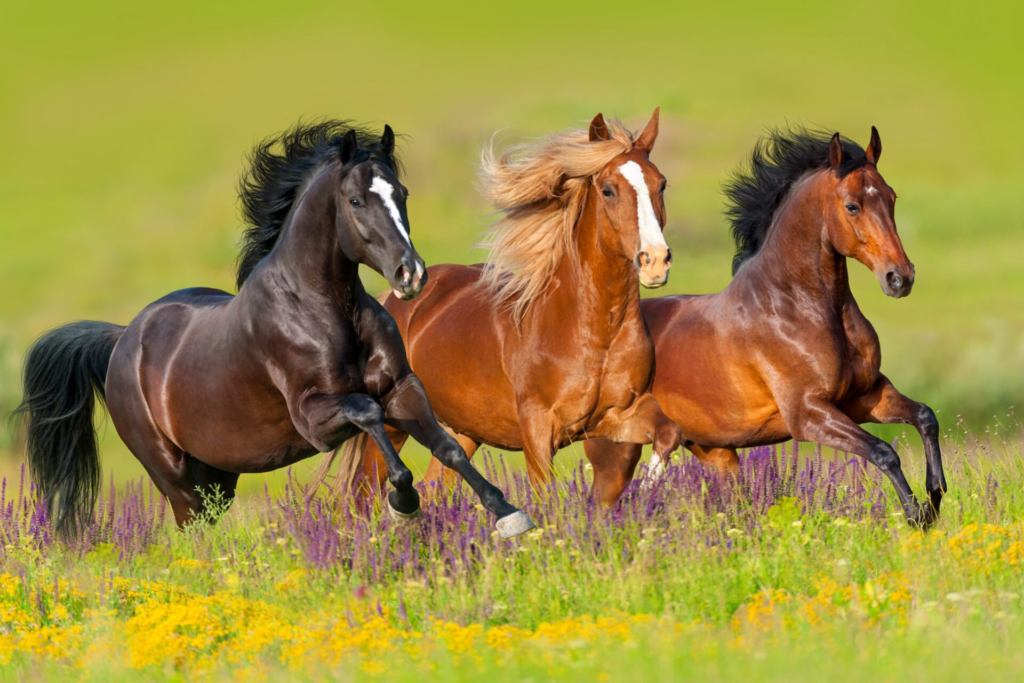Gait Of Animals
gait of animals by Delta publications
Key Notes :
Definition of Gait:
- The term “gait” refers to the manner or style of walking or moving on foot. It is the pattern of movement of the limbs during locomotion over a solid surface.
Types of Gait in Animals:
- Walking: A slow form of movement where each foot is lifted off the ground and placed down one after the other. Examples include elephants, humans, and horses when moving slowly.
- Trotting: A faster gait than walking, where diagonal pairs of legs move together. Seen in horses and dogs.

- Galloping: A very fast gait where all four feet leave the ground. Common in horses, cheetahs, and deer when they run at high speed.

- Hopping: Movement by jumping with both feet off the ground at the same time. Kangaroos, rabbits, and frogs use hopping as their primary mode of movement.

- Slithering: A movement where the body is pushed against the ground to propel forward. Snakes use slithering to move.

- Flying: Birds use their wings to fly, and this is their primary mode of movement. Some insects like bees and butterflies also fly.

Importance of Gait:
- Gait helps animals move in search of food, escape predators, find mates, and explore new habitats. Different gaits help animals adapt to their environments and enhance survival.
Adaptations for Different Gaits:
- Animals have evolved specific body structures to support their gait. For instance:
- Horses: Long, muscular legs for galloping.

- Kangaroos: Strong hind legs and large feet for hopping.

- Snakes: Flexible spine and muscles for slithering.

- Birds: Wings and hollow bones for flying.

Observing Gait in Everyday Life:
- Watching domestic animals like dogs and cats can help understand different gaits. Dogs may walk, trot, or run, while cats often stalk their prey using a slow, deliberate gait before pouncing.
Gait in Aquatic Animals:
- Aquatic animals have different gaits. Fish swim using their fins and tails, while octopuses use jet propulsion by expelling water.
Fun Facts:
- The cheetah is the fastest land animal and can reach speeds up to 60-70 miles per hour while galloping.
- A snake’s slithering motion is called “lateral undulation.”
Let’s practice!

